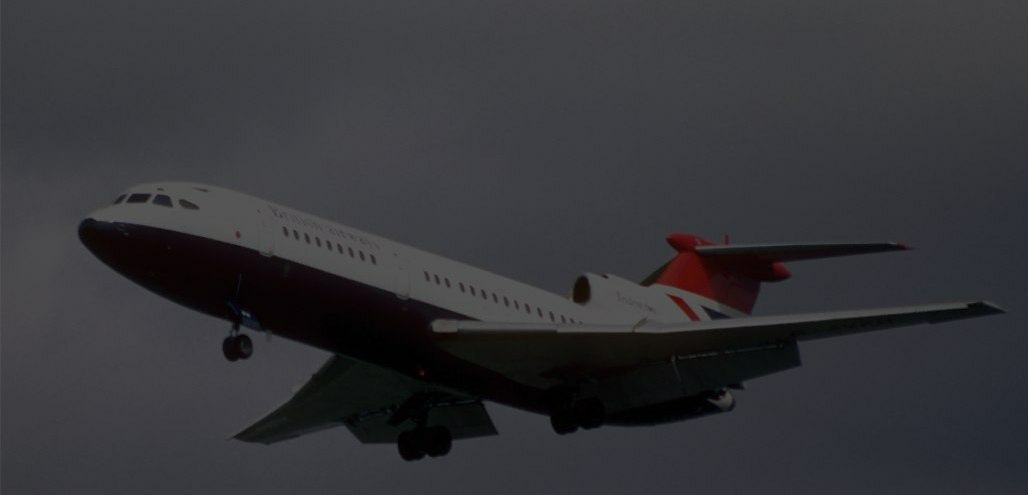
May 2017
Lynx HMA.8
Trident 1c
815 Squadron, HMS SOMERSET 2010.
Hobbyboss 1/72 with scratch conversion & Xtradecal markings
The Lynx has formed the backbone of the Royal Navy’s small ship helicopter force
since the early 1980s , seeing active service across the world. Armed with Sting
Ray torpdoes, Mk.11 depth charges, Sea Skua anti-
The final deployment of the Lynx in Fleet Air Arm service ended in March 2017 when HMS PORTLAND’s Lynx HMA.8 returned to 815 Sqn’s base at RNAS Yeovilton for the last time.
Over the years there have been a number of kits of the naval Lynx in 1/72 scale, from the early FROG issue (which is roughly based on the prototype), through a very basic Matchbox offering, to a relatively nice, but basic Fujimi kit. For many years the best option was the late 1970s Airfix kit, which is also fairly basic, but captures the shape well and has been issued in a range of variants form the early Mk.2 through to the current Mk.8.
More recently Hobbyboss have produced a modern Lynx kit, very nicely engineered and using state of the art moulding technology. Unfortunately, whilst an easy and satisfying build, it suffers form some significant shape and detail issues. These are particularly noticeable on the Mk.2 and Mk.3 issues, but for the later variants, the more complex nose shape hides some of the faults and allows a reasonable replica to be made with only a few simple changes.
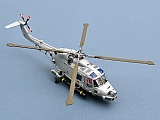
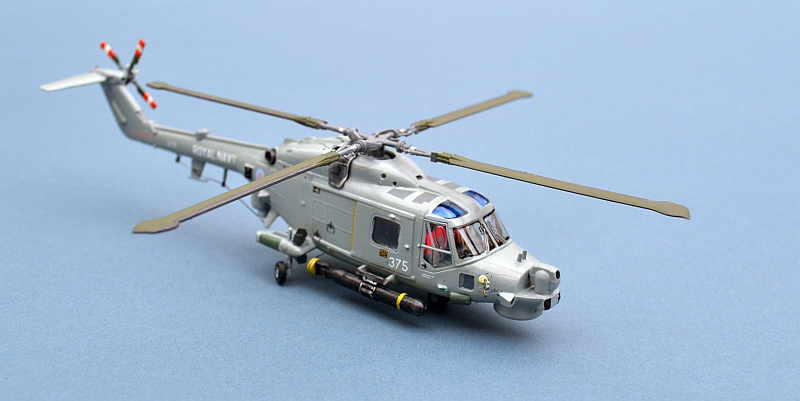
Most of my kit modifications were scratch built from sprue and the spares box, some of which can be seen above:
- Rotor head mount trimmed down (it sits about 4mm too high, but can be trimmed easily)
- Tail rotor direction reversed -
later Lynx variants reverse against the main rotor down wash to give greater control in the hover. - Top and bottom door rails added -
simple styrene strip suffices. - The kit doors have been substituted for those from an Airfix kit, since the Hobbyboss window sits in the wrong position)
- The RN inflatable internal seat provided by Airfix has replaced the kit tubular seats (these are OK, but the inflatable one is more commonly used)
- IR/laser detectors added to nose and flanks, plus the “disco ball” IR jammer has been added under tail
- Flare launchers have been added to undercarriage sponsons top and bottom
- Wire MF aerial added (the overly skinny and inappropriate I-
band radar transducer was used as a mast) - CPI disc added to top of tail
- Rear flotation bags added to sponsons.
- Engine top deck modified to reflect hot weather mods
- Several wires/cable details added to weapons pylons

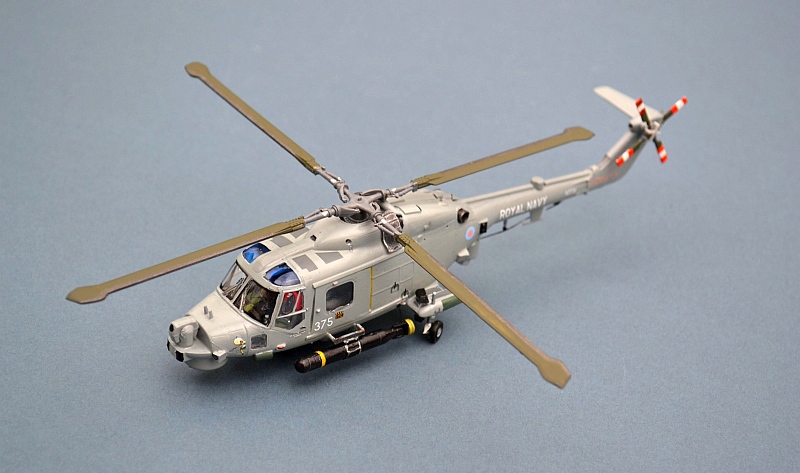
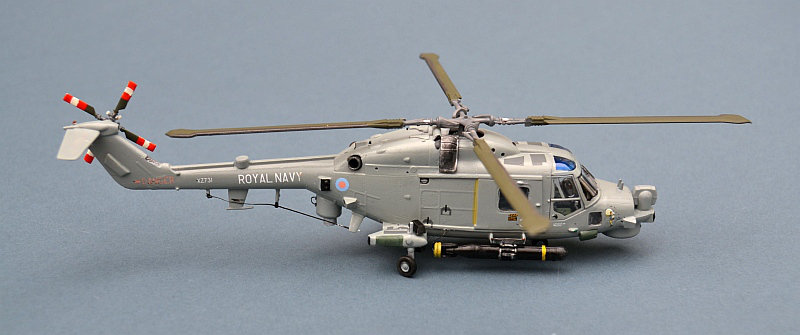
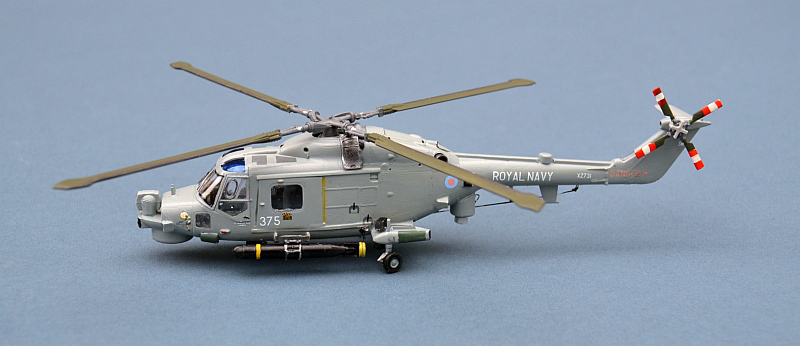

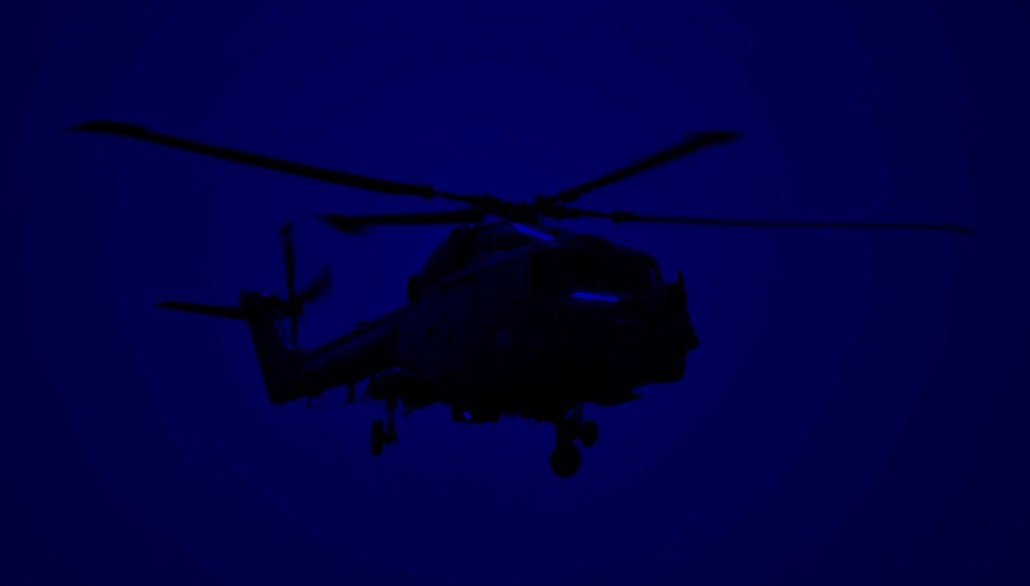
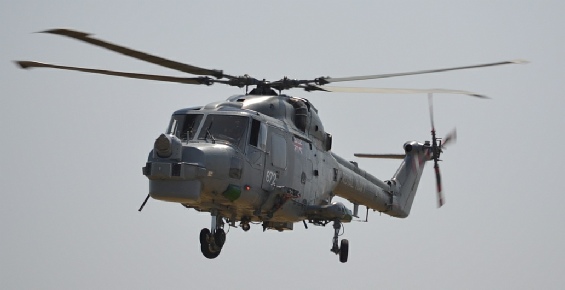
The real thing -
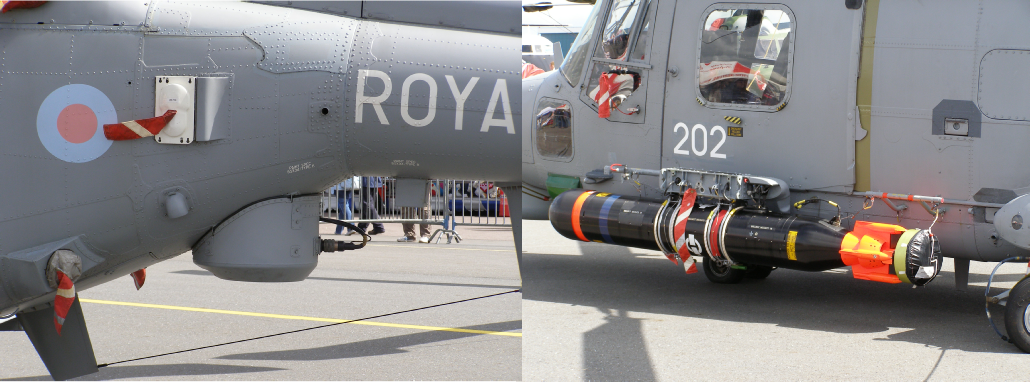

Hawker Siddeley HS 121 Trident 1C
British airways, Turnhouse (Edinburgh Airport) 1981.
Airfix 1/72 OOB

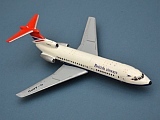
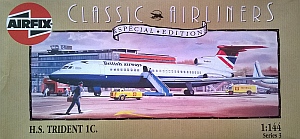
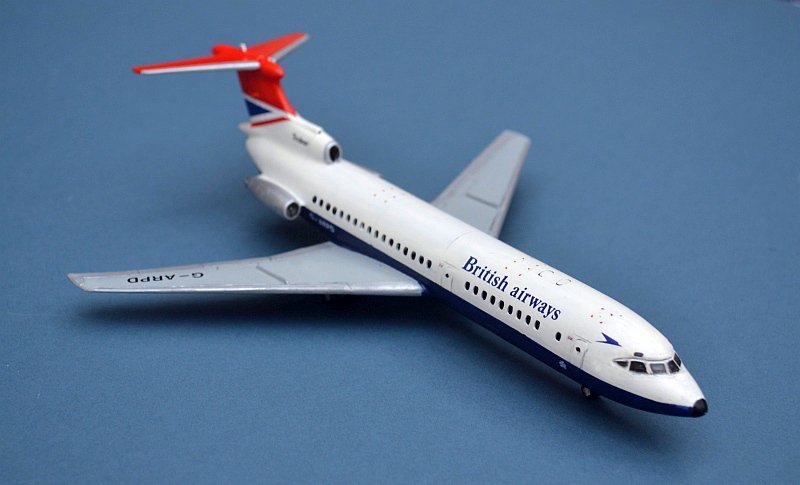
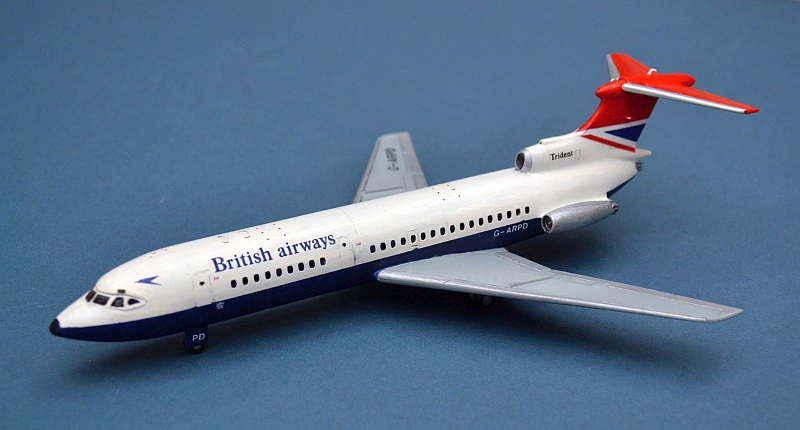

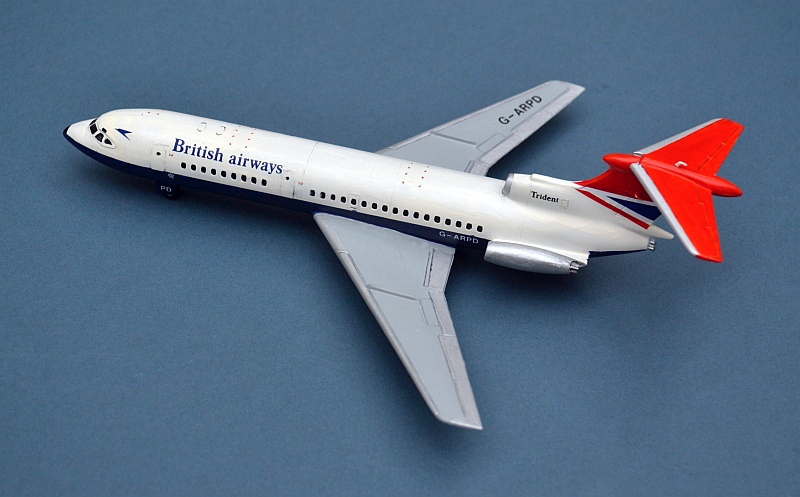
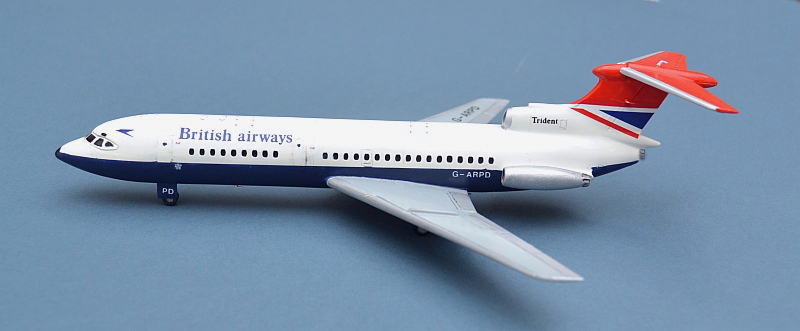
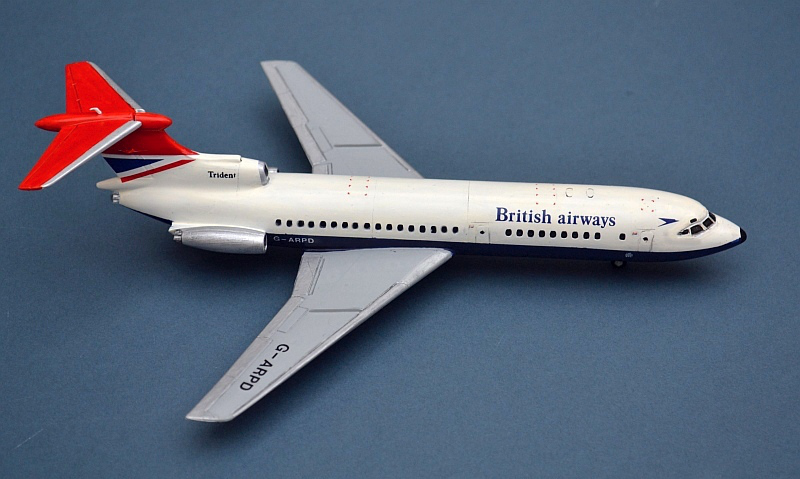
www.gengriz.co.uk
Background Image: Royal Navy Lynx at the Yeovilton Airshow
Have a look at my Friends and Allies pages for more civil aviation.
Rather like the TSR2, the Hawker Siddeley Trident epitomised the fatal flaws in
the post WW2 British aircraft industry. Technologically advanced and superbly engineered,
its original design might have been a world-
Nevertheless, the Trident was a successful aircraft that pioneered the use of automated landing systems, and is still one of the fastest airliners ever built.
This is the rather ancient (first issued 1966) Airfix kit in one of its 1990s incarnations. Fit and assembly is surprisingly good, however it suffers from a number of shape and detail errors that do require some effort to resolve. With the exception of one of these, I have left the kit as intended by Airfix; I felt that I had to offset the sideways folding nose wheels to port as this is such an unique and bizarre feature of the Trident, driven by the need for a large electronics bay in the aircraft’s nose. The other obvious errors are the lack of an kink in the middle of the wing and the absence of the large wing to fuselage fairing and fillet at the rear of the wings. I understand that the cabin window layout is not correct either. Nevertheless, as an example of roughly what a Trident would look like, it is good enough for me!
After the rather disappointing cabin window effect on my Embraer kit last month,
I tried a different approach with these, placing a black backing piece behind them
and using Krystal Clear to glaze the gaps after painting -
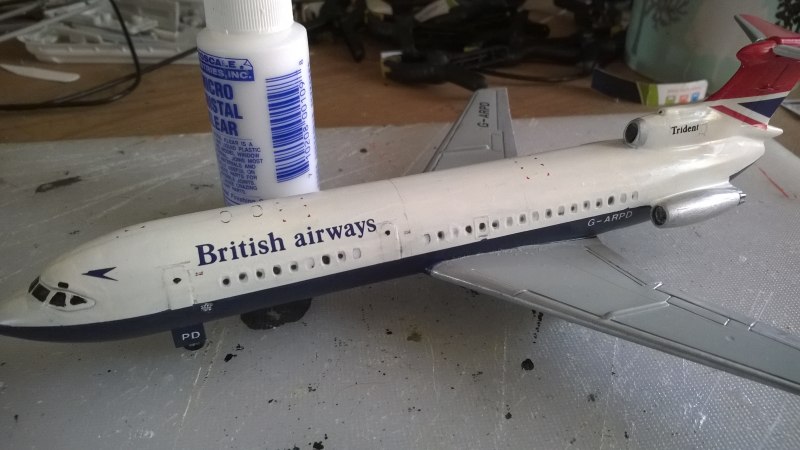
Have a look at my Helicopters pages for more RN and other rotary wings.
The real thing (centre), along with a Vickers VC10 and BAC 1-
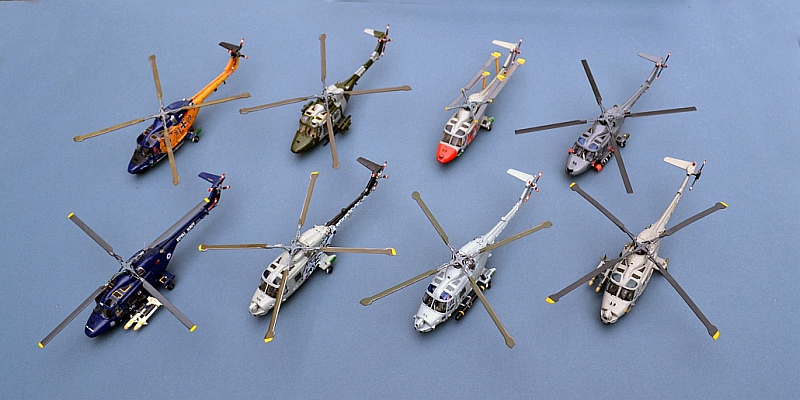
And finally…. My Lynx fleet so far!